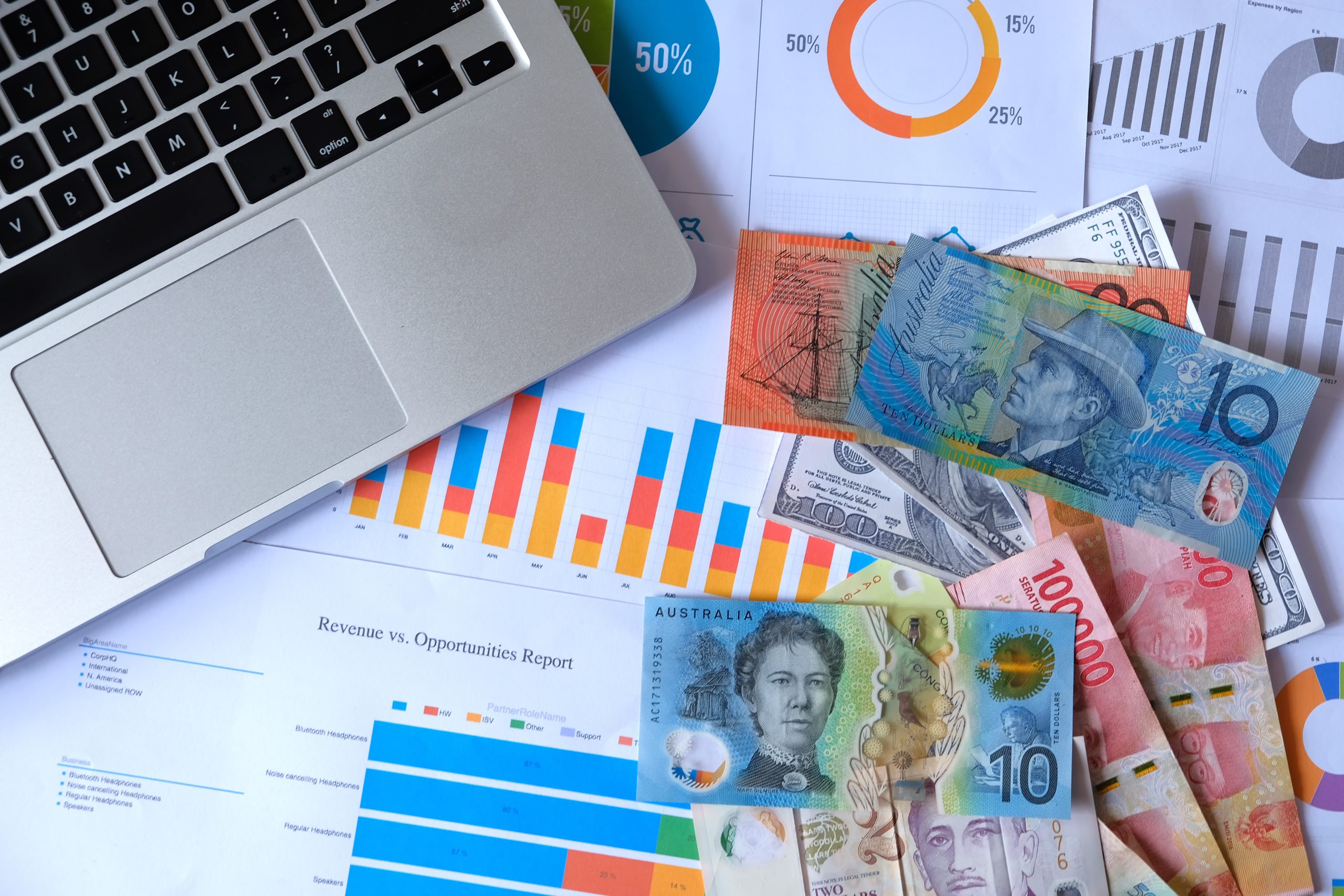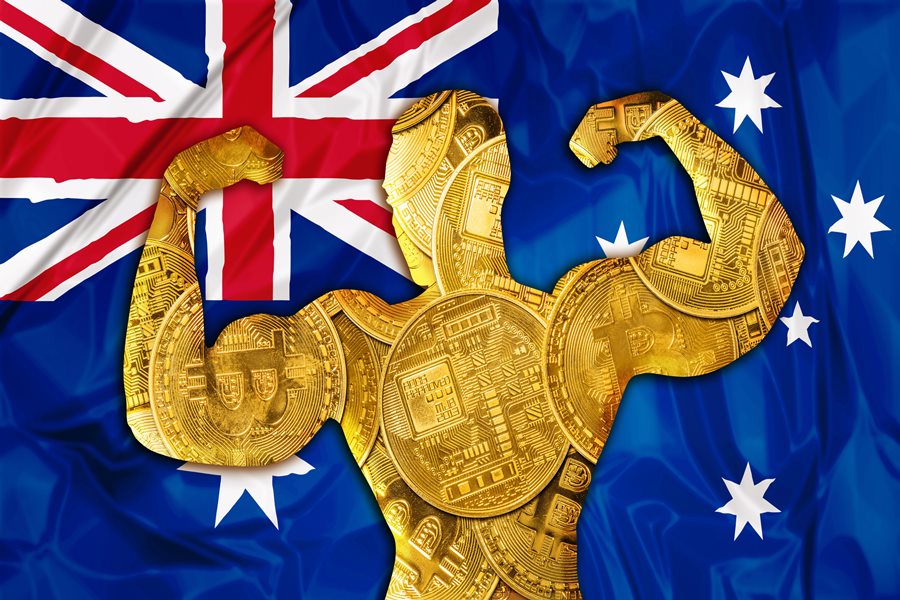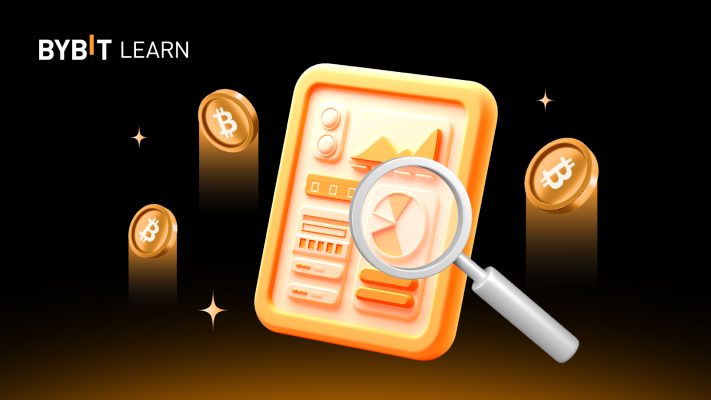At the beginning of November, one of the big four banks in Australia announced that it would include cryptocurrency trading into its list of services. It was a rather shocking move on its part, given that banks are generally wary of the regulatory risks that come with this digital currency. But analysts say it was a clever move amidst the growing youth clientele and mobile banking.
However, another reason is the growth of the country’s crypto market. While there are no exact figures, one estimate says that one in six Aussies has invested in crypto this year, translating to a total market value of AUD$ 8 billion. The proliferation has compelled the Australian Securities and Investments Commission (ASIC) to require crypto asset holders to get a license. (1)
As such, there are different but valid reasons to be bullish and cautious about crypto. Anyone considering investing in this relatively new market should know a few key things first.
1. Decentralisation Is a Double-Edged Sword
When crypto first came to the scene around the early 2010s, one of the features it flaunted was being decentralized currency. Unlike the notes and coins regulated by the government, crypto is issued and managed by the tech firm. This setup helped pioneer cryptos, like Bitcoin, gain steam during the first few years.
In other words, investors themselves have more control and oversight over their crypto assets. It allows parties to be more transparent about their exchanges, specifically if they’re reliant on tech. The lack of a third party may also drive transaction costs down. (2)
However, the lack of third-party oversight can also be a downside. If the crypto firm collapses or turns out to be a scam, investors won’t have as much legal protection and are less likely to get their money back. Also, crypto is highly speculative, which is prone to unhealthy manipulation.
These pros and cons also extend to decentralised crypto exchanges. Investors and traders can mitigate their risk by exercising due diligence in choosing where to trade their crypto assets. Websites like Best Crypto Exchange Australia and others publish as much info as possible about various crypto exchanges, including the number of accepted cryptos and in-depth reviews.

2. Crypto Is Highly Speculative
As mentioned just now, the lack of a centralized regulatory body means anyone involved in the crypto trade can assign their own values, primarily on speculation. In a speculative investment like crypto, the investor focuses more on price movements than investment security, hoping to make a profit from such changes. (3)
For the record, speculation isn’t necessarily a bad thing in finance. Setting aside some money to a savings account or putting money on more secure investments are both speculative in nature. But compared to crypto, a savings account is much safer, and certain investments can offer as much long-term growth, if not more. (3)
Nevertheless, the downsides of speculative investments should motivate people to exercise due diligence instead of discouraging them. Case in point: one investor in Sydney managed to grow her AUD$ 10,000 crypto investment 40-fold in seven months. It all boils down to careful strides, one of which includes avoiding cryptos still under development or without a working product.
3. The Entire Market Is a Tinderbox
The two aspects discussed above lead to the volatility and unpredictability of the crypto market. A crypto’s worth can swing to an all-time high one day, only to drop to an all-time low the next day. Given that Bitcoin is the pioneer in this industry, all eyes are often on its performance.
Bitcoin’s volatility is nothing new. It reached its first all-time high in mid-December 2017 with a value of close to USD$ 19,000. But over one year later, in January 2020, it nosedived to just over USD$ 3,000. Sometimes, these drastic price changes happen within hours; one case was Ether in May this year, where its value dropped by as much as 40% within 24 hours. (4)(5)
Apart from its decentralised and speculative nature, the lack of an economic standard barely helps crypto’s case. In the case of legal tender, gold determines its value. On the other hand, crypto doesn’t have such a basis other than guesswork. The slightest shift in investor confidence can reduce crypto’s value, even to zero.
However, market analysts aren’t too quick to rule out crypto’s volatility as a reason to avoid such an investment. As more professional finance managers flood the crypto market, confidence in the digital currency will increase. Its volatility will decrease, but it’ll take a long time. (5)
4. The Learning Never Ends
As with children, crypto is young and still has a lot to learn from the world, just as everyone still has a lot to learn from it. Even as the government slowly adopts a framework that’ll allow it to regulate cryptos, it still has more to consider.
For instance, should cryptos also be categorized as financial products? It’s something that the framework missed, preventing Australia’s financial planners from offering personal advice or recommendations. Current licencing terms only allow such actions if the investment is a bona fide financial product.
Imagine how safer cryptos could be as an investment if professionals could throw in their two cents. Regardless, consumer protection works both ways—the consumers themselves are also responsible for their own safety. As mentioned a few times in this piece already, due diligence is a non-negotiable necessity before making any investment, let alone high-risk ones.
Knowledge won’t stay constant forever, especially in something as technological as crypto. As new technologies and expertise become apparent, people will have to update what they already know. As such, crypto investors shouldn’t stop learning something new.
Conclusion
No investment is without their risks—that much is a fact of economics. But given crypto’s high-reward but high-risk model, it’s only logical for some to raise their eyebrows. While there’s no way to eliminate risks, there are ways to mitigate them and even increase the reward. There’s no need to be afraid of a crypto investment as long as you tread carefully.
Sources:
- “Australian regulator provides guidance for crypto-asset products,” https://www.reuters.com/technology/australian-regulator-provides-guidance-crypto-asset-products-2021-10-29/
- “Decentralized Market,” https://www.investopedia.com/terms/d/decentralizedmarket.asp
- “What is a speculative investment? Definition and meaning,” https://marketbusinessnews.com/financial-glossary/speculative-investment/
- “Bitcoin,” https://www.coindesk.com/price/bitcoin/
- “Bitcoin’s wild price moves stem from its design — you’ll need strong nerves to trade it,” https://www.cnbc.com/2021/05/19/why-is-bitcoin-so-volatile.html



